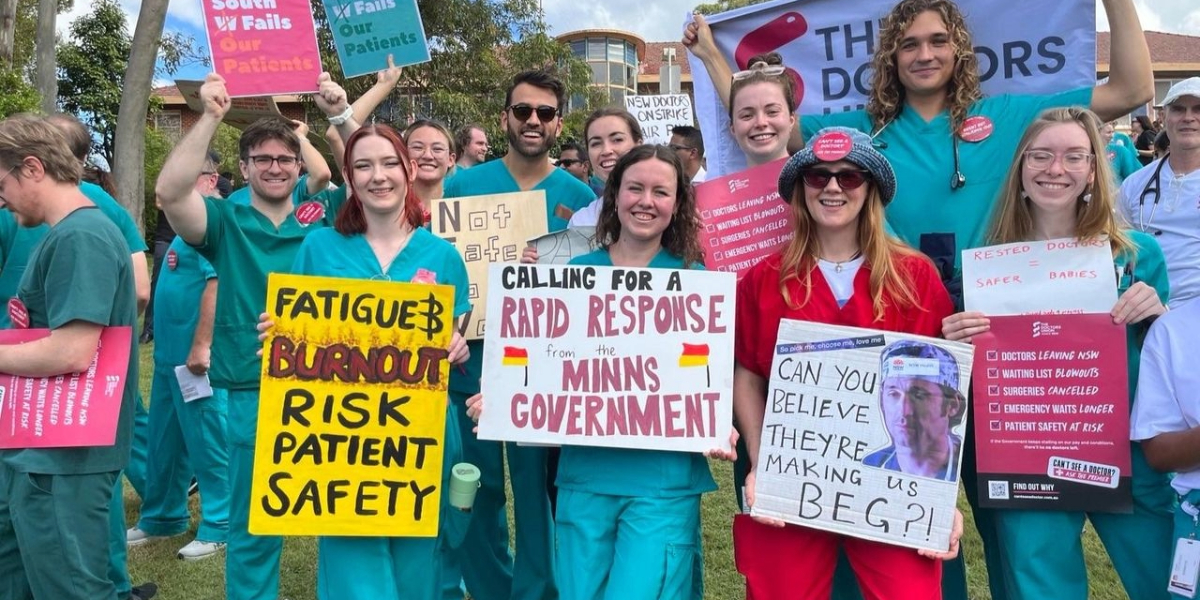After the cost of daycare fees, rent, electricity and grocery bills, a young rural doctor only just gets by.
“I’m full-time to make ends meet and … I am living week-to-week,” the NSW intern, who did not want to be named, told AAP.
“That’s not something I thought about when I was going through med school.”
The mother-of-three is passionate about caring for rural people, but the average pay in the bush, severe understaffing and long hours don’t make it an easy career choice.
“I’m away from my kids,” she said.
“I often leave before they get up and then I’m back when they’ve gone to bed, so I’ve missed their entire day.”
Financial incentives to recruit and retain medicos in the bush has been identified as a top priority by Australia’s rural doctors, alongside providing better access to childcare and support for their families.
The Australian Medical Association’s Rural Health Issues survey found better funding for country hospitals to bolster staffing levels was the number one issue.
Maternity funding, better access to specialists and pay parity for rural GPs-in-training were in the top 10 priorities ranked by the 561 rural doctors who responded to the survey in February.
AMA president Danielle McMullen said rural health policies announced by both parties during the federal election campaign were promising, but came after prolonged underinvestment.
“It is high time our governments stop placing rural and remote Australia in the too hard basket,” Dr McMullen said in a statement.
Rural communities generally have poorer access to healthcare, with 205 full-time medical practitioners per 100,000 people in remote areas in 2022, according to data from the Australian Institute of Health and Welfare.
That’s less than half of the number of doctors per 100,000 people in the major cities.
Childcare and employment opportunities for rural doctors’ spouses were new additions to the survey, which was last conducted in 2022.
Research has long shown that rural doctors are far more likely to stay in a country town if their partner can find work and also a sense of community.
Lack of early education options are also a deterrent for doctors and their families to move to rural and remote areas, where one million people live without childcare services.
The AMA, along with other medical bodies, has called for targeted childcare services for medical staff, including building on-site centres at hospitals or clinics.
“(That ensures) families can live and work without compromising their professional and personal lives,” the survey report said.
Don’t miss any of the important stories from around the region. Subscribe to our email list.


